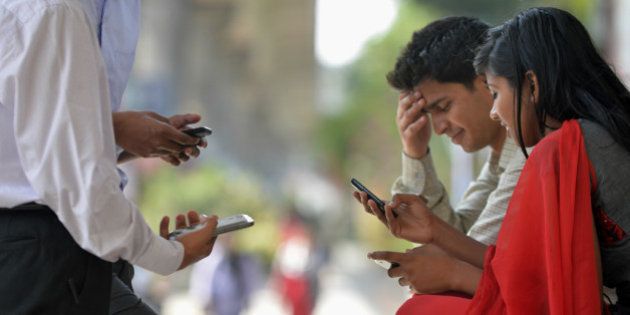
An Ericsson consumer insight summary report, which surveyed India’s mobile internet users across the country has revealed key insights on the changing mobile internet landscape.
According to the survey, which polled 15,000 urban households across 33 Indian cities who use 2G, 3G and 4G networks in India, adoption of smartphones and mobile broadband is increasing, but over 48 percent of the respondents said that they are unable to perceive any difference between 2G and 3G services.
Network performance was a huge complaint among the urban users who participated in the poll, with 68 percent reporting lengthy load times and session failures when outdoors, and 63 percent facing quality and reliability issues when indoors.
The Ericsson survey tracked the demographic change of mobile internet users between 2013 and 2015, to report a rise in 30-50+ age groups. Women’s use of mobile internet reported an increase of 14 percent, from 20 percent in 2013 to 34 in 2015.
One in three mobile users use smartphones in urban India, overall smartphone usage stood at 34 percent, with 20 percent on 3G networks, and 14 percent on 2G networks. Three out of five smartphone users use mobile broadband in India.
88 percent of users said that mobile broadband is too expensive, and 48 percent said that they find no difference between 2G and 3G speeds. 36 percent said that they did not adopt mobile broadband because of unavailability of affordable mobile internet plans.
A majority of users found mobile internet plans difficult to grasp. Only 10 percent of users said that they found their mobile internet plans easy to understand, while 55 percent said that they were very difficult to understand.
Social networking, video and music streaming services showed high rates of usage, and 36 percent of the polled users said that they used mobile internet to access financial services on their smartphones.
"Knowing what aspects are valued by which consumers can help service providers differentiate and personalize their offerings. " the report concludes.



Contact HuffPost India